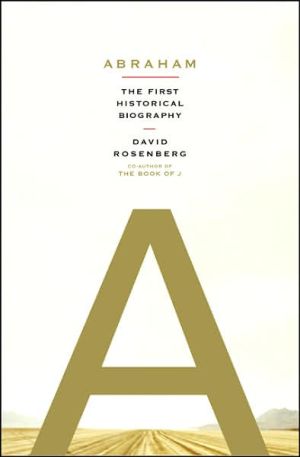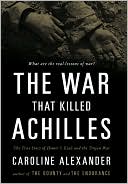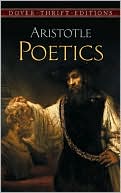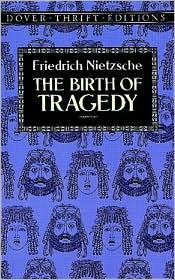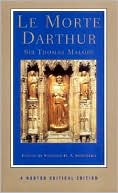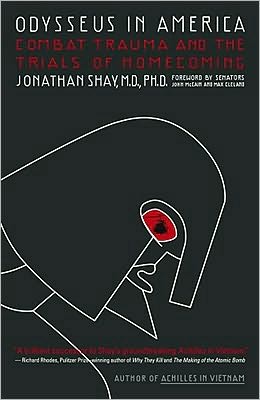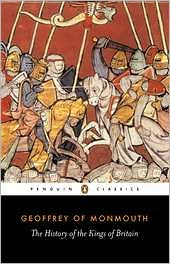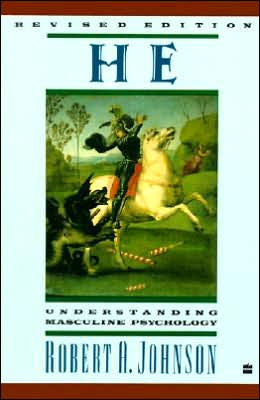Abraham: The First Historical Biography
The world’s three largest faiths all find a common root in one man: Abraham. Breaking new ground, David Rosenberg portrays Abraham as a man whose whole life, and therefore his legacy, is informed by the Sumerian culture that produced him. Abraham is a brilliant literary excavation of the ancient cultures from which our modern world has grown.
Search in google:
A biography of Abraham, the common root of modern world's three largest faithsPublishers WeeklyDespite the subtitle, much of Rosenberg's fascinating and sometimes frustrating presentation of the biblical Abraham's life, while based on archeological evidence, is highly speculative. What Rosenberg does establish is a cultural context for Judaism's founder. Abraham, he says, would have been steeped in the sophisticated culture of his native Sumer, with its emphasis on history and continuity. The earliest of the biblical authors, called J (who was a woman, as Rosenberg postulated, with Harold Bloom, in The Book of J) would have known that culture, and Rosenberg analyzes how it informs her narrative. Abraham's new God, Yahweh, according to Rosenberg, was a blend of his old Sumerian household god and the creator god he found in Canaan; with Yahweh, Abraham created a new "cosmic theater" to replace the one Sumerians had enacted with their idols. Rosenberg's discussion can be dense and confusing as he switches over to considering the artistic and historical motives of J and two other biblical authors, known as E and P. But the book opens up into a compelling and moving interpretation that ponders the significance, for Abraham and his descendants, of his journey from Ur to Canaan, fraught with uncertainty for a man-expatriate, aging, childless-hanging between a lost past and a still unmapped future. (Apr. 3) Copyright 2006 Reed Business Information.
\ Publishers WeeklyDespite the subtitle, much of Rosenberg's fascinating and sometimes frustrating presentation of the biblical Abraham's life, while based on archeological evidence, is highly speculative. What Rosenberg does establish is a cultural context for Judaism's founder. Abraham, he says, would have been steeped in the sophisticated culture of his native Sumer, with its emphasis on history and continuity. The earliest of the biblical authors, called J (who was a woman, as Rosenberg postulated, with Harold Bloom, in The Book of J) would have known that culture, and Rosenberg analyzes how it informs her narrative. Abraham's new God, Yahweh, according to Rosenberg, was a blend of his old Sumerian household god and the creator god he found in Canaan; with Yahweh, Abraham created a new "cosmic theater" to replace the one Sumerians had enacted with their idols. Rosenberg's discussion can be dense and confusing as he switches over to considering the artistic and historical motives of J and two other biblical authors, known as E and P. But the book opens up into a compelling and moving interpretation that ponders the significance, for Abraham and his descendants, of his journey from Ur to Canaan, fraught with uncertainty for a man-expatriate, aging, childless-hanging between a lost past and a still unmapped future. (Apr. 3) Copyright 2006 Reed Business Information.\ \ \ \ \ Library JournalPoet, essayist, and critic Rosenberg (coauthor, The Book of J) claims that his biography of Abraham, the founding father of three faiths-Judaism, Christianity, and Islam-is the first historical biography because it traces his life to pre-Hebrew Sumerian roots and to cuneiform documents written before the Bible. According to Rosenberg, Abraham was not just a figure of myth and legend but an actual historical person. One expects to read about these new discoveries and to follow a historical argument that will prove this claim. But alas, claims are made, and the text of the Bible is trotted out as the only available evidence. While Rosenberg offers fresh and elegant translations of the Hebrew texts, they do not build a new picture of the historical past. Most readers of the Bible do not know that its writers were highly influenced by Sumerian and Babylonian myths, and this book might come as a surprise to them. But scholars have known about the cuneiform writings since the 19th century-there is nothing new here. Readers would do better to turn to Bruce Feiler's Abraham: A Journey to the Heart of Three Faiths. Not recommended.-James A. Overbeck, Atlanta-Fulton P.L., GA Copyright 2006 Reed Business Information.\ \ \ Kirkus ReviewsInnovative look at the patriarch by biblical scholar Rosenberg (Dreams of Being Eaten Alive, 2000, etc.). The author begins by asserting that Abraham was indeed a real person, not a character of myth. As such, his life can be fleshed out by an examination of archeological evidence from his birthplace, Sumerian Ur. Using cuneiform texts found mainly in the last several decades, Rosenberg attempts to shed light on how Abraham was educated, what his father's work was, even what his family life was like. In his portrait, Abraham is a man of great learning and social status, interested in preserving not only himself and his bloodline, but also his Sumerian culture. Rosenberg implies that Abraham actually gave birth to the new Hebrew culture. He also presents a very different view of Abraham's relationship to Yahweh, asserting that he would have first viewed Yahweh as a household god, thus making their relationship an intimate one from the outset. Rosenberg breathes life not only into Abraham but also into his early biographers, especially the biblical writer he profiled with Harold Bloom in The Book of J (1990). (An unfortunately brief chapter on the biblical author X is also notable.) Examples of the texts from which he draws inferences about Abraham's life and upbringing would have strengthened this intriguing work. For lay readers and scholars, a valuable exploration of how Abraham and his biographers fit into the larger scheme of Jewish cultural and religious history.\ \
